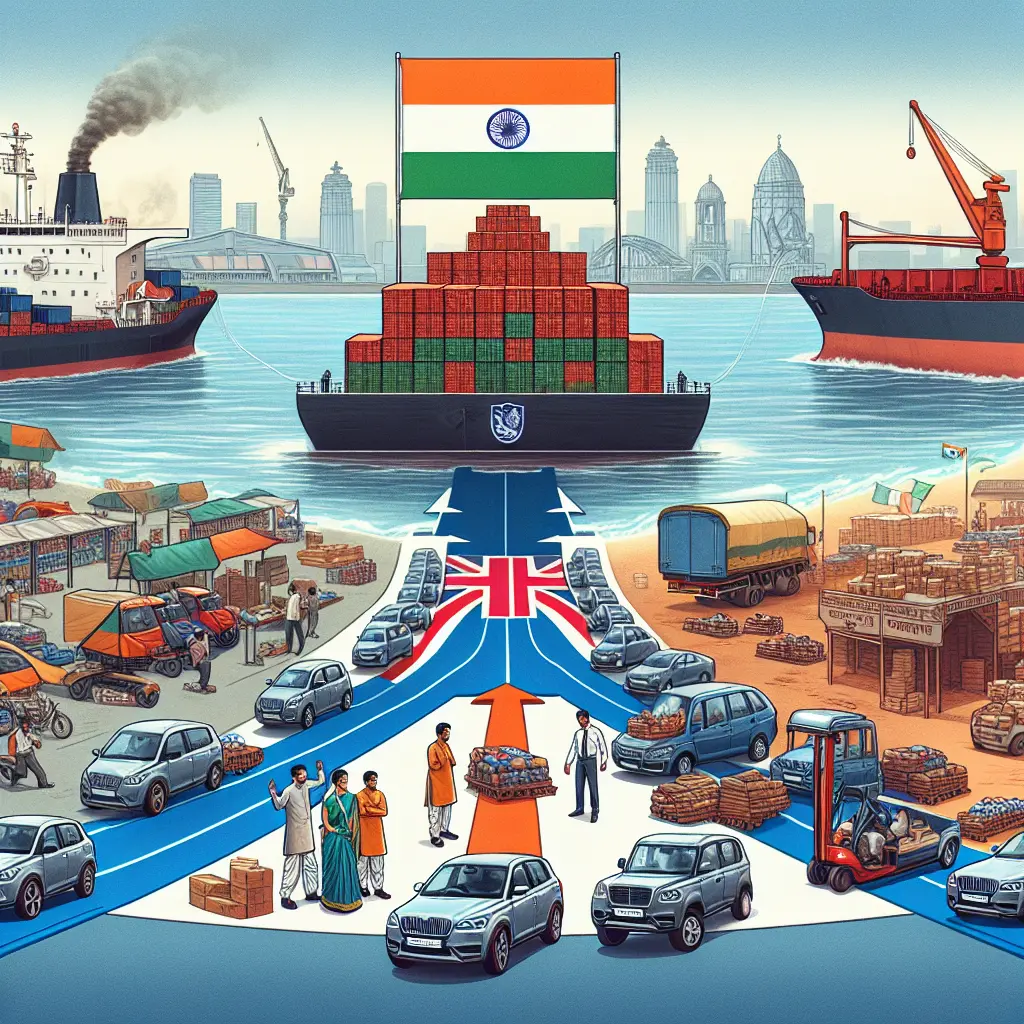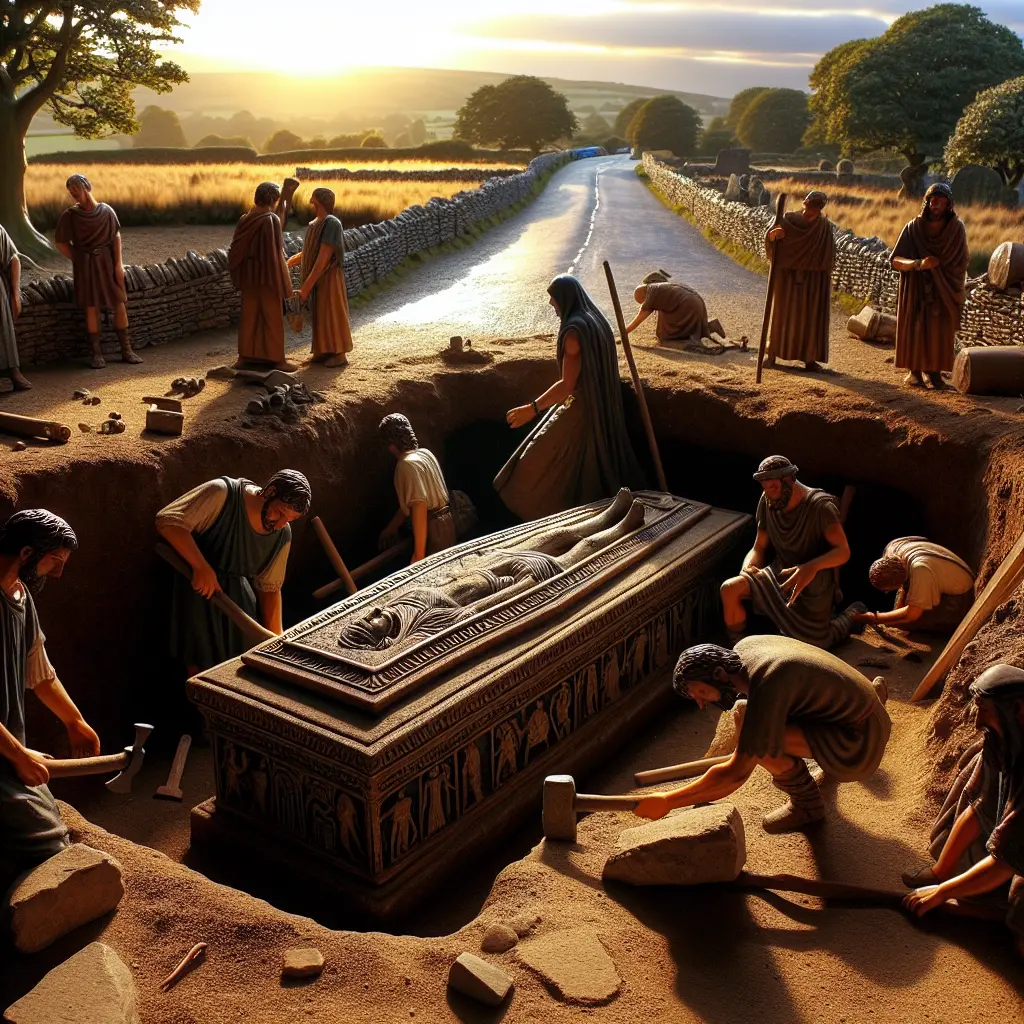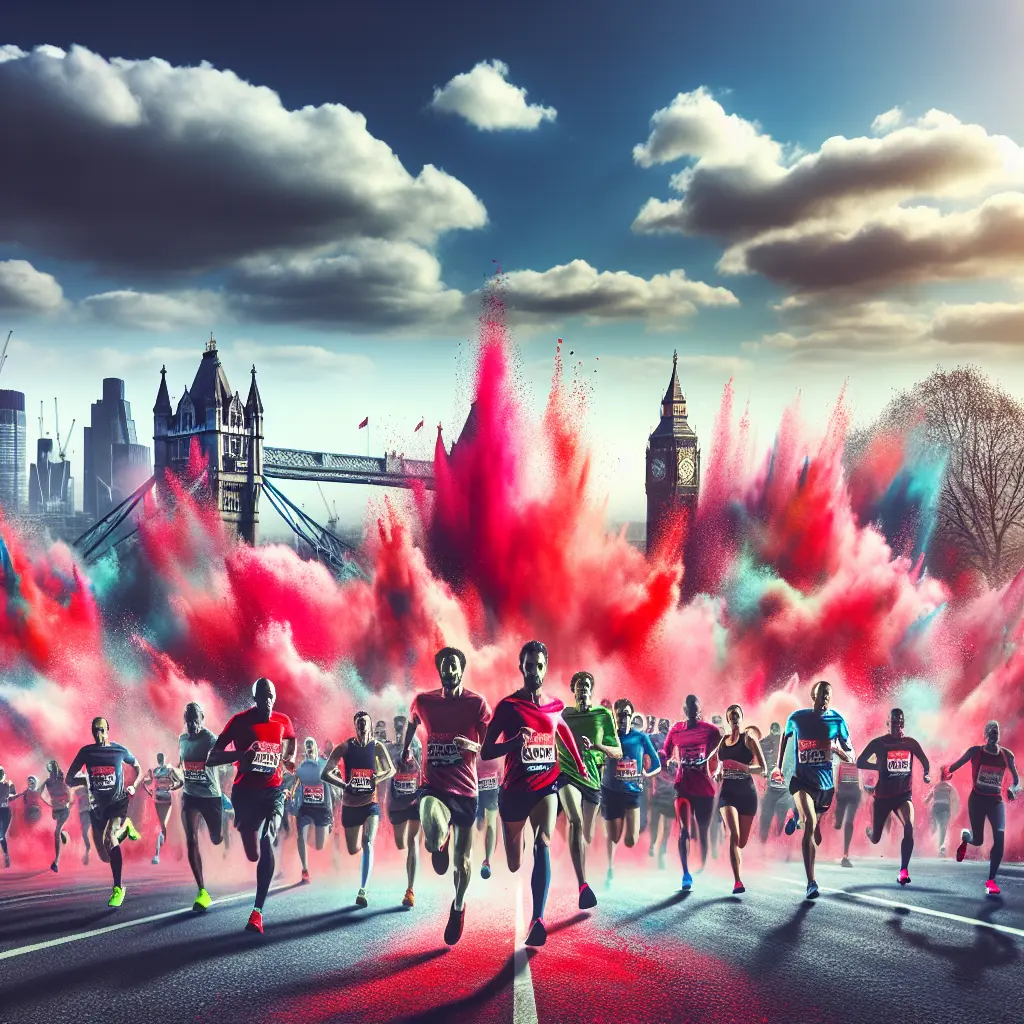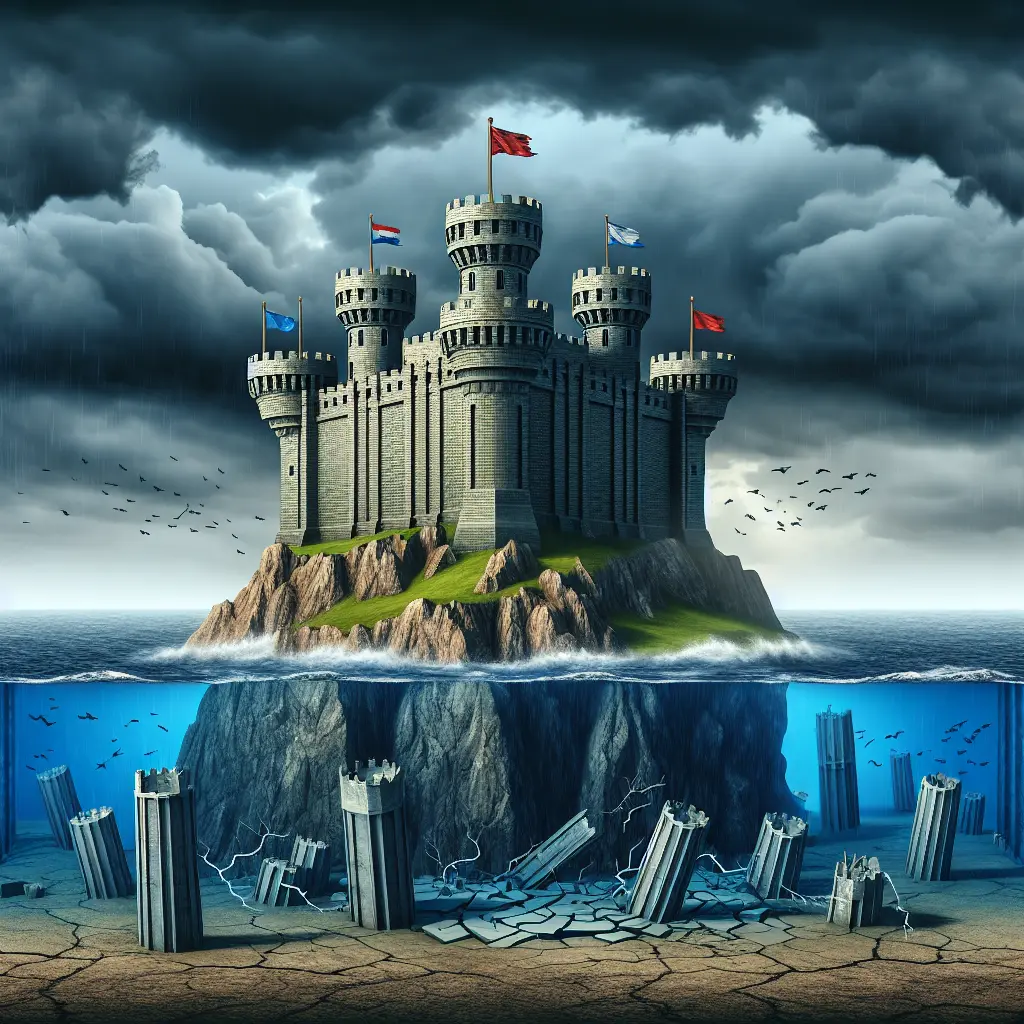The United Kingdom’s royal traditions and legal system have long been intertwined, shaping the nation’s identity and public discourse. The recent military procession in London, commemorating the 80th anniversary of VE Day, brought the spotlight once again to the British royal family and their enduring presence in public life.
Attended by prominent royals such as King Charles and Queen Camilla, the event also saw appearances from the Wales children, reflecting both a continuity of tradition and evolving public roles. This occasion not only highlighted the monarchy’s lasting ties to British history but also provided insight into the ways these traditions continue to evolve in contemporary society.
Anniversaries like VE Day are significant in the UK’s collective memory. The royal family’s participation in such events not only honors historical milestones but also reinforces their role as symbols of national unity and heritage. These gatherings in the heart of London showcase the monarchy’s deep-rooted connections to British history and culture.
VE Day (Victory in Europe Day) marks the end of World War II in Europe, celebrated with ceremonies, parades, and moments of reflection. The royal family's presence serves to bridge generations, linking past sacrifices with present-day values.
A topic frequently discussed in the UK is the extent of the royal family's influence over institutions, particularly the legal system. Observers note that there is a perception—whether grounded or exaggerated—that British courts are often reluctant to oppose royal preferences. This belief underscores an ongoing debate about transparency, constitutional norms, and the monarchy’s place in a modern democracy.
Monarchy’s Influence on British Institutions
The monarchy is constitutionally limited, but customs and unwritten rules can bolster its influence. High-profile legal matters involving royal interests tend to attract significant public attention and scrutiny, contributing to ongoing debates about the boundaries between tradition and modern governance in Britain.
While major events like the VE Day procession are meant to unite and inspire, candid moments captured during these ceremonies sometimes reveal more nuanced emotions among royal family members. Reports described King Charles and Queen Camilla as appearing particularly somber, while the younger royals, such as the Wales children, seemed less engaged. These glimpses into the human side of royalty add layers to public discussions about their relevance and relatability.
Generational shifts are shaping expectations for younger royals, who face different pressures compared to their elders. At the same time, media attention to their public expressions or demeanor fuels wider conversations about the monarchy’s role in contemporary society.
The United Kingdom stands at an intersection of tradition and change. Ceremonial events like the 80th anniversary of VE Day remind citizens of their shared history, while ongoing conversations about institutional transparency invite reflection on what the monarchy means in modern Britain.
Tradition Meets Change: The Monarchy Today
As the nation continues to evolve, so too will the relationship between its legal system, its royal family, and its people. For those interested in delving deeper into this topic and viewing images from the recent commemoration, you can find more information here.
Thank you for joining us on this exploration of the United Kingdom’s unique blend of tradition, ceremony, and institutional dynamics.
Until next time—cheers to all things quintessentially British!










Leave a Comment